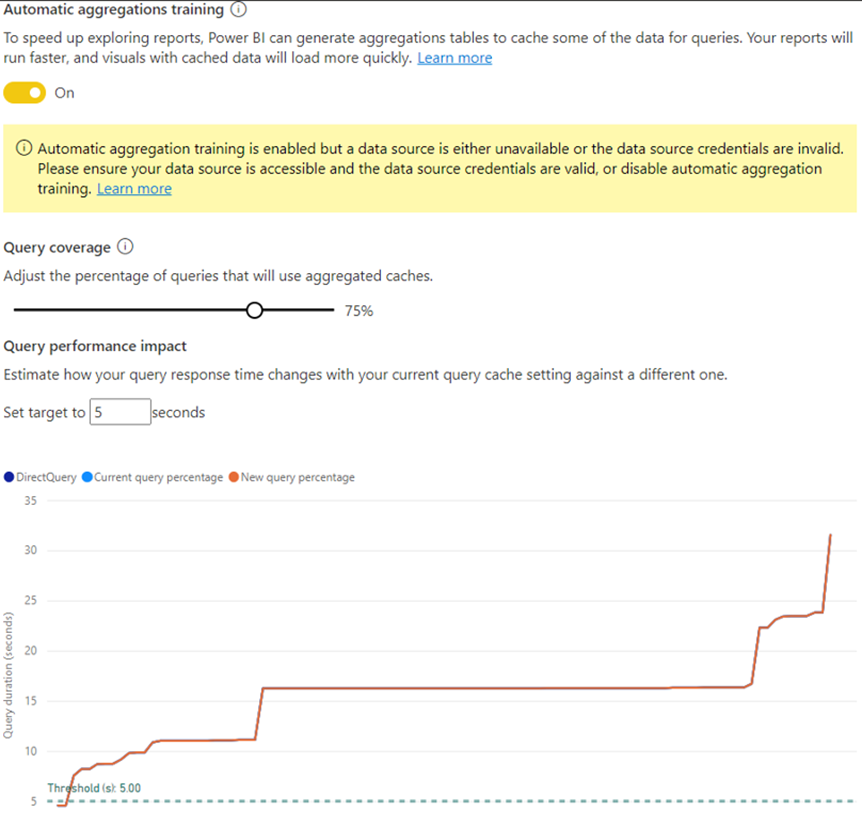
As we can see the massive increase in the size of the data volumes by each day, the demand for scalability has also increased from the end users for easy access, easy management, and securing the large datasets. Microsoft Power BI has launched Automatic aggregations in public preview. This feature requires the Premium capacity of the workspace. The Automatic aggregations help in managing large and huge datasets automatically in Power BI which reduced the time required to run and load a query.
When the data is cached at the aggregated level, we see that query performance has been boosted, while the data duplication is minimized. Most user-generated queries benefit from blazing-fast aggregated caches. The user runs different queries from the data source, the patterns are stored in the cache memory which is a very economical and effective way to work on large volumes of data and have an interactive analysis.
When the data is cached at the aggregated level, we see that query performance has been boosted, while the data duplication is minimized. Most user-generated queries benefit from blazing-fast aggregated caches. The user runs different queries from the data source, the patterns are stored in the cache memory which is a very economical and effective way to work on large volumes of data and have an interactive analysis.
So, the idea behind is, that Power BI uses the query logs and patterns to automatically
create and manage aggregations as an AI-driven system. When this feature is enabled the
manual part of aggregations to optimize queries, to set up and maintain is removed and the
Power BI optimizes performance with the usage patterns. The more the queries are executed
the more it will optimize the query by analyzing the patterns behind the scenes. Automatic
aggregations work with Azure Synapse Analytics, Snowflake, and Google BigQuery.




